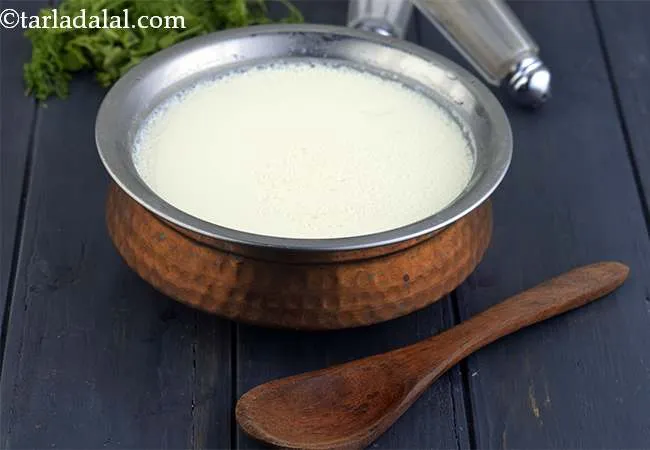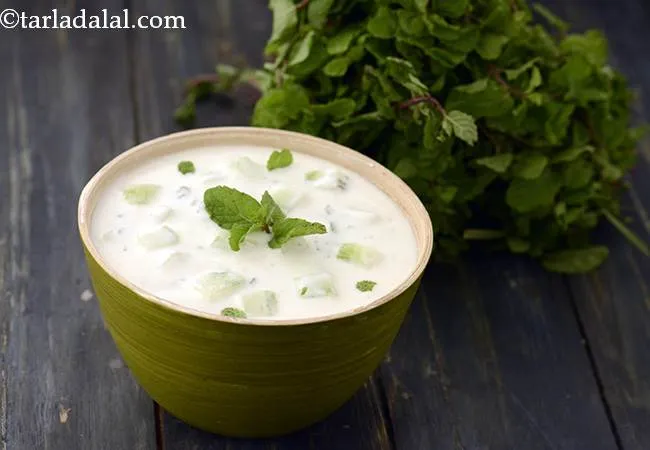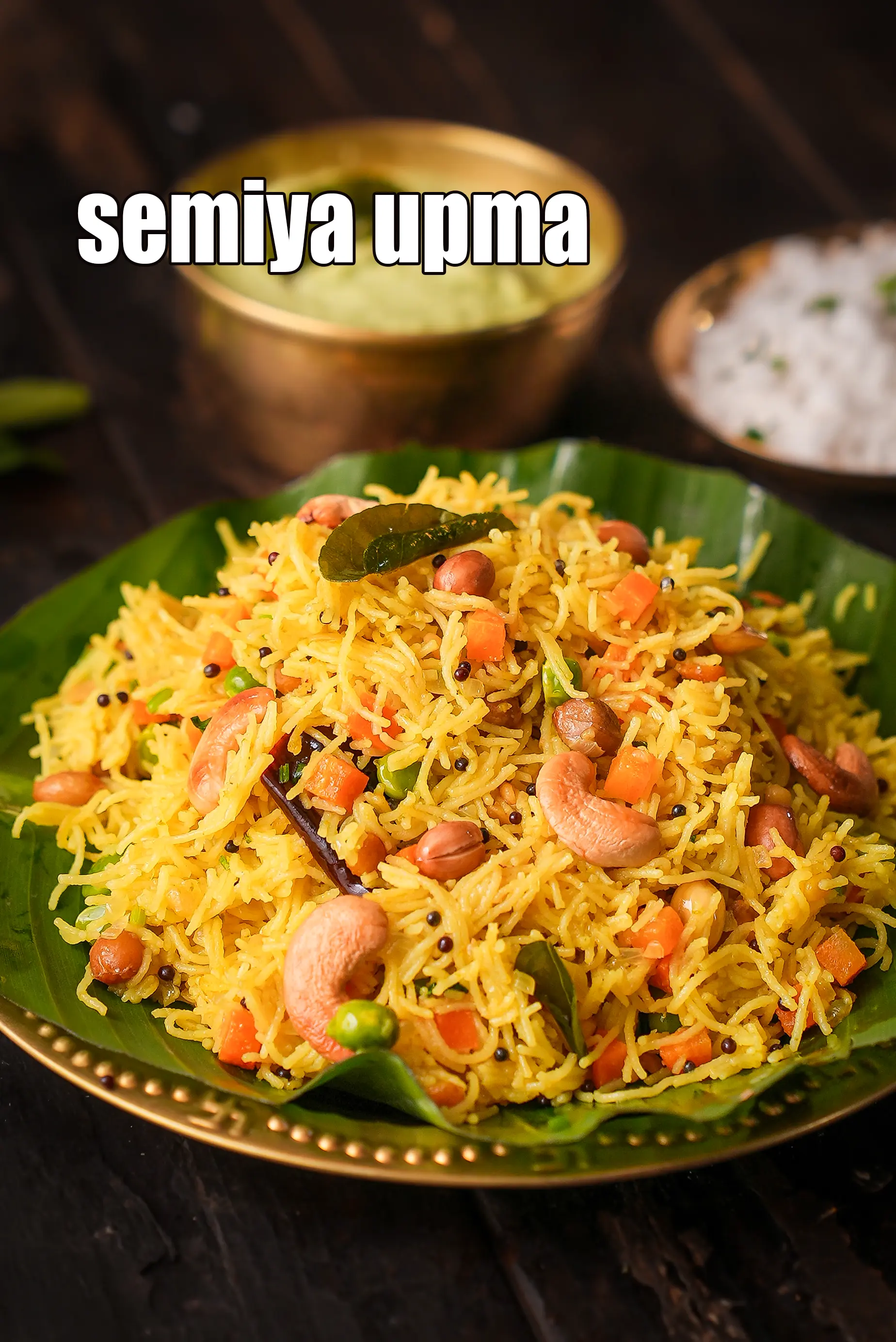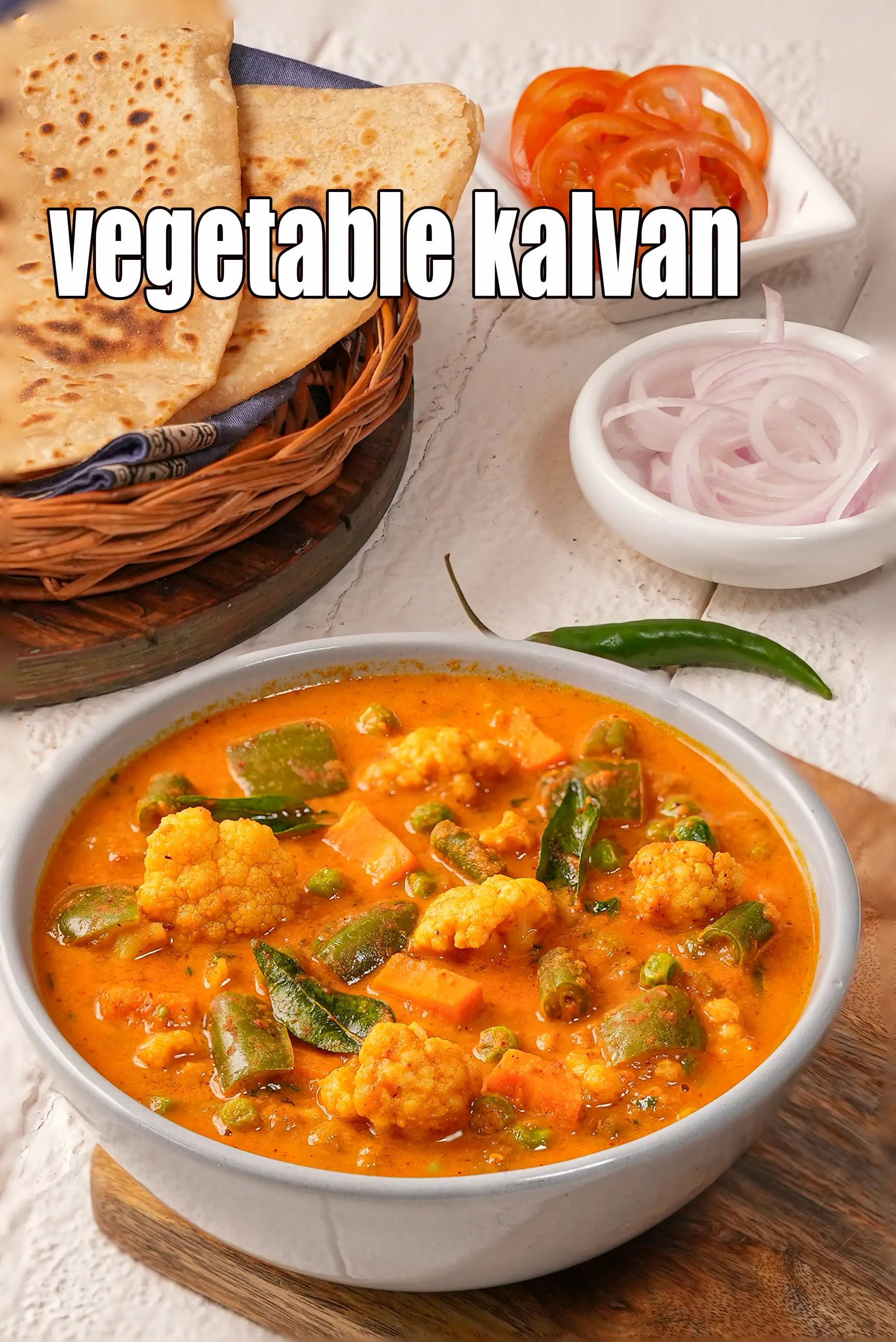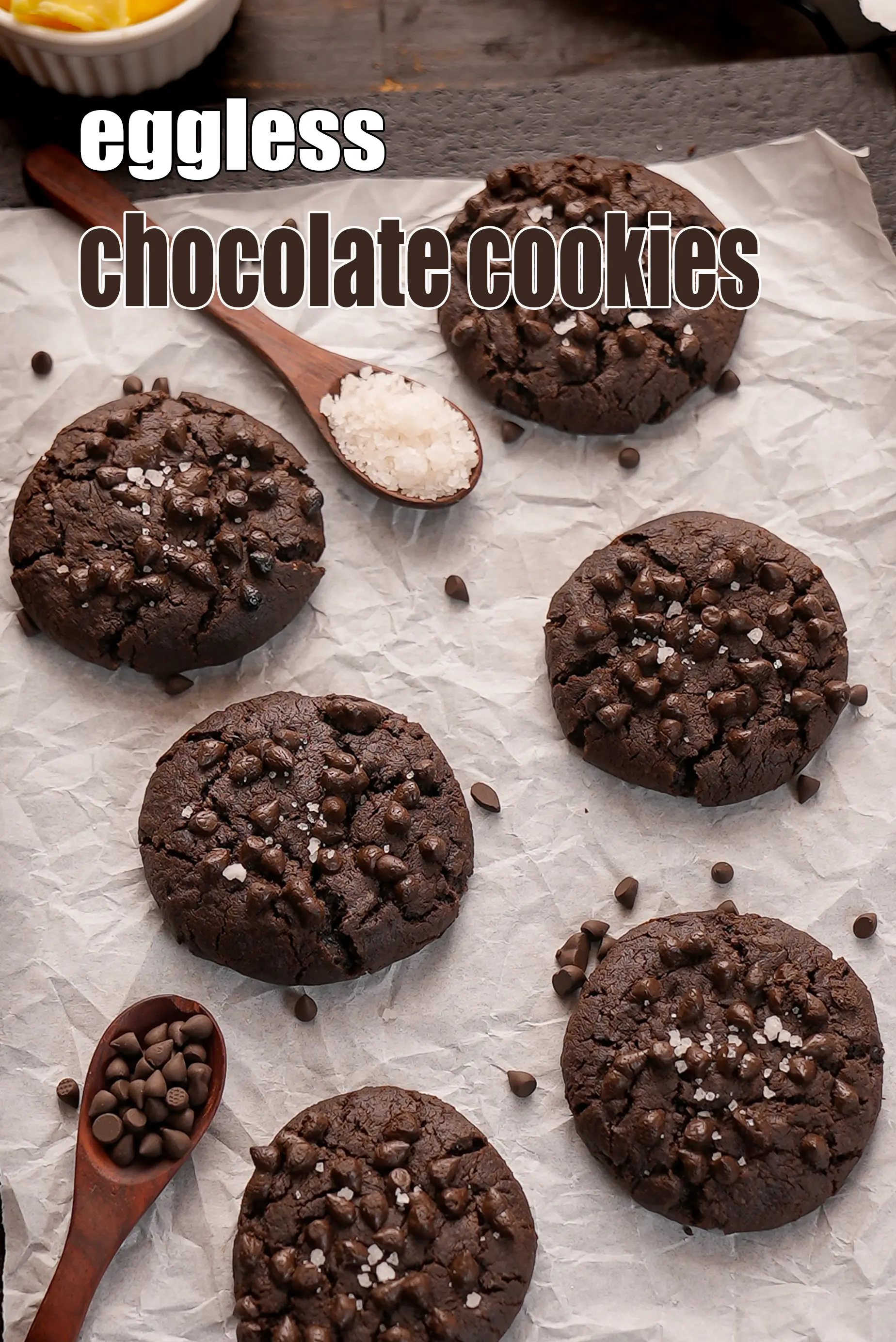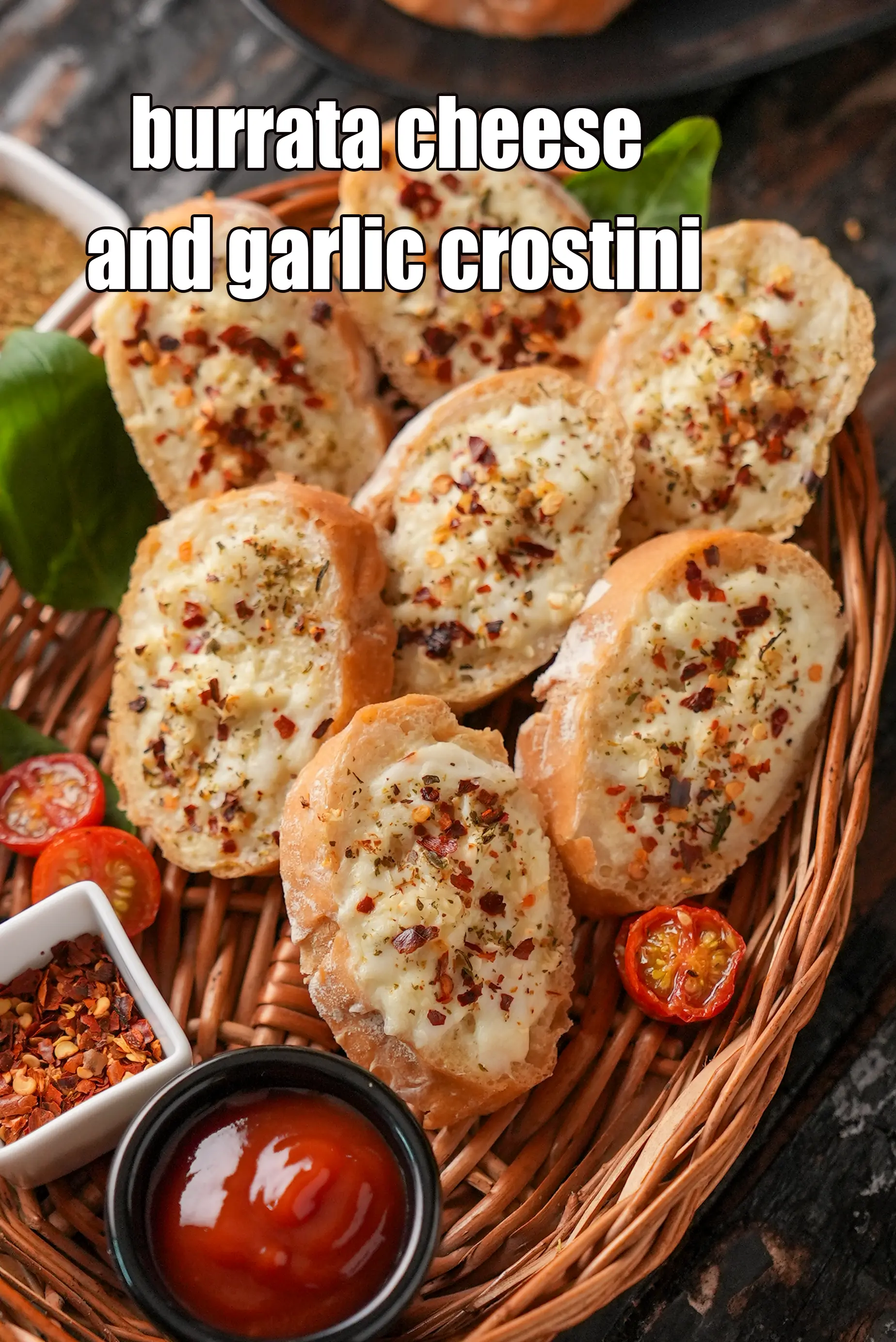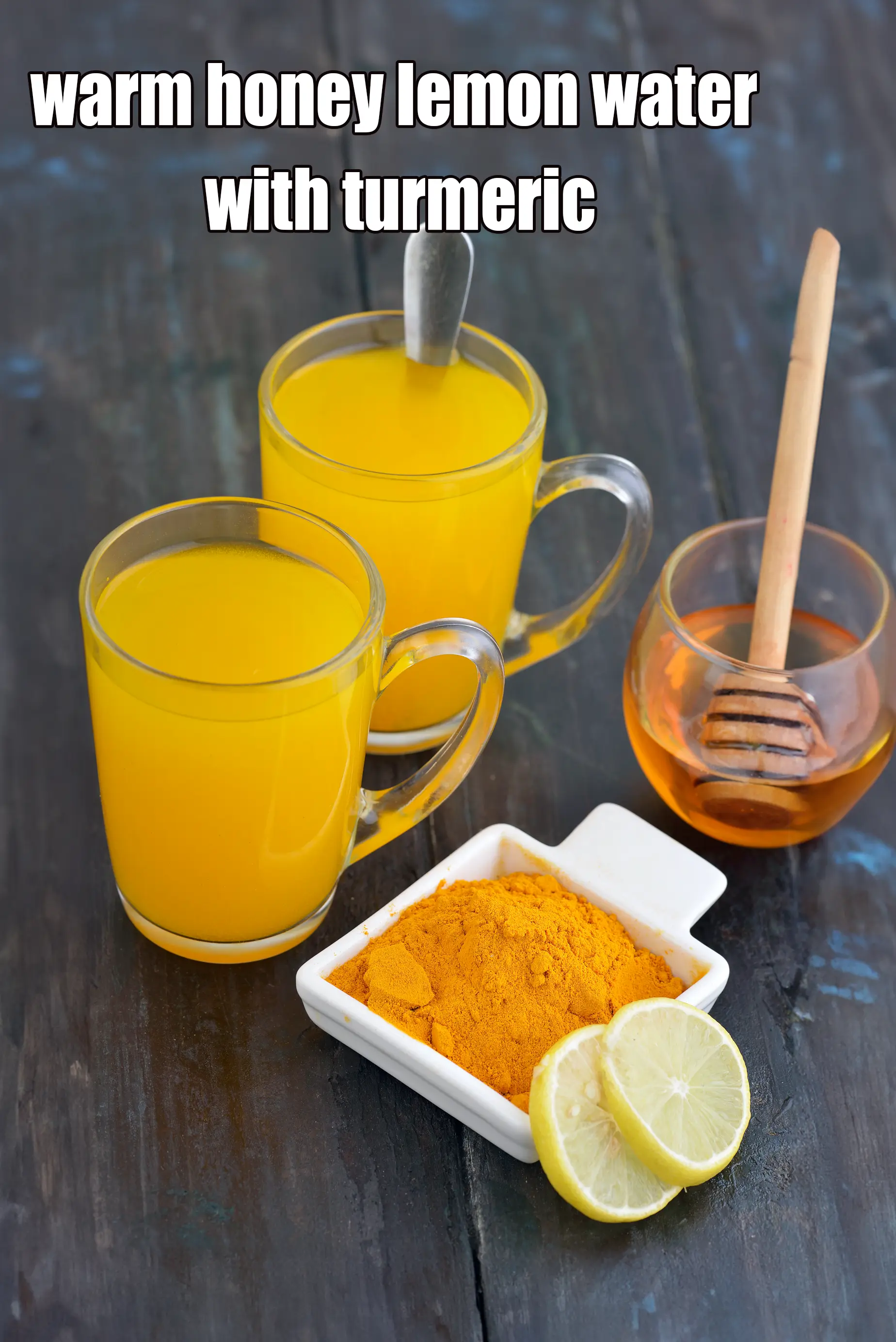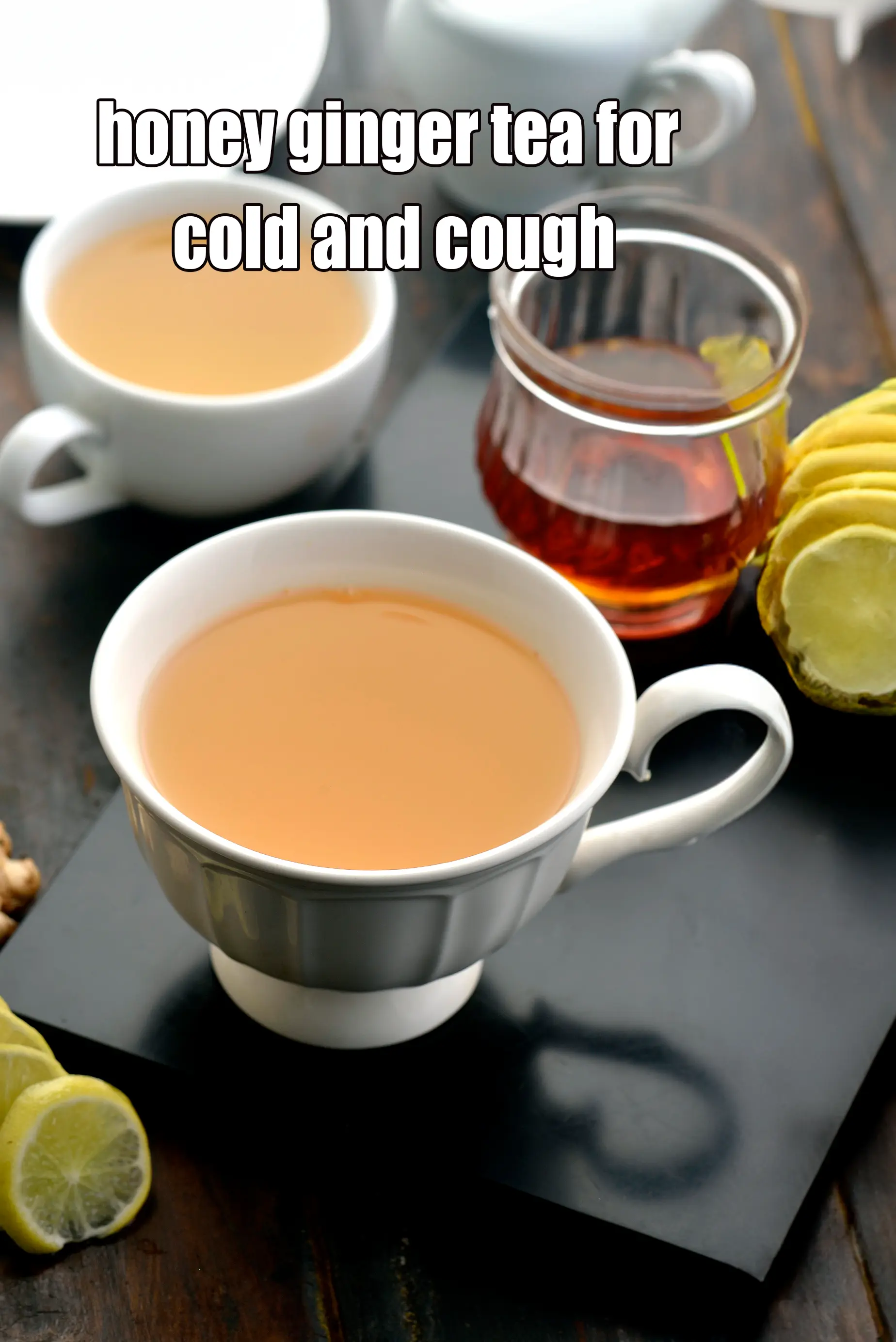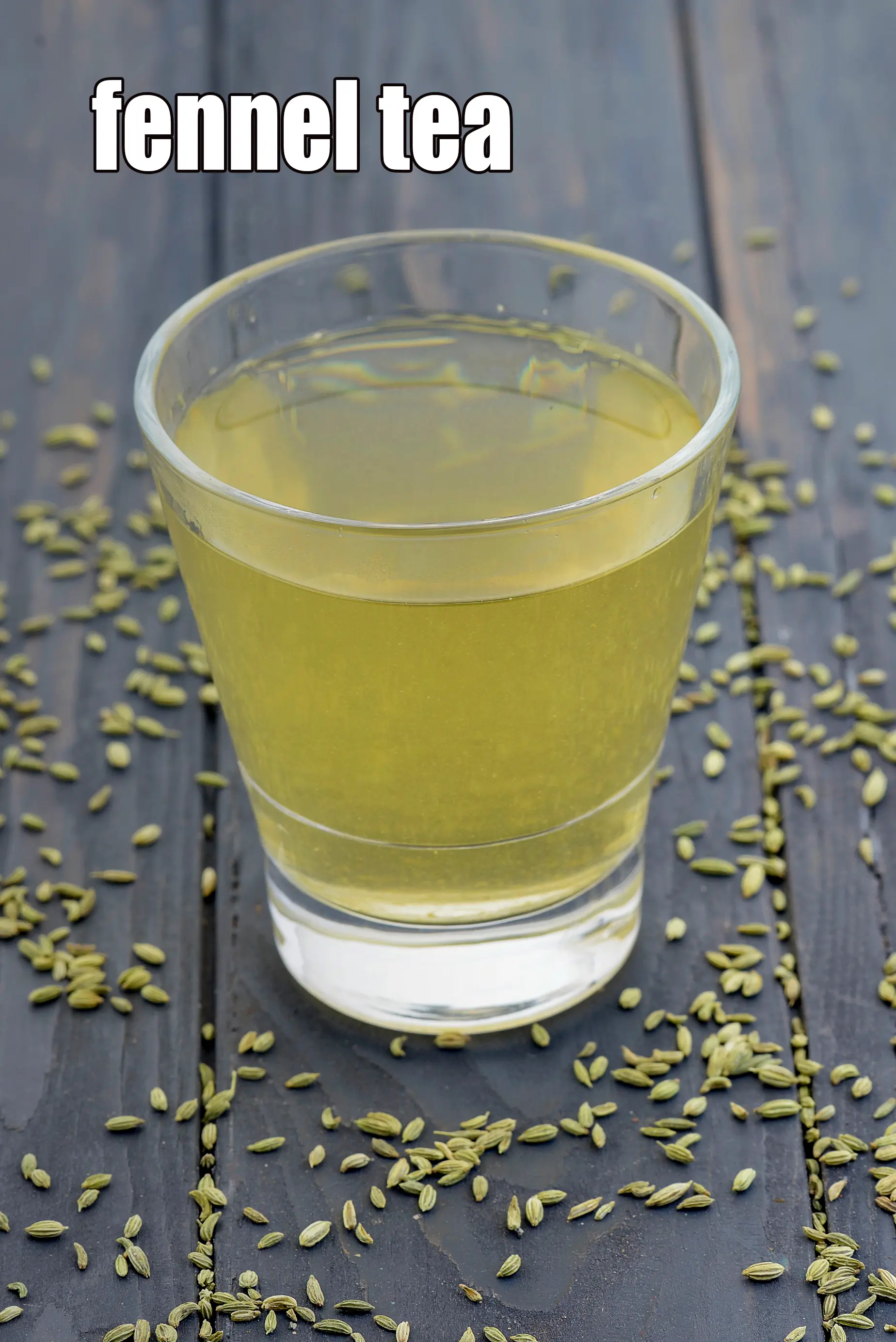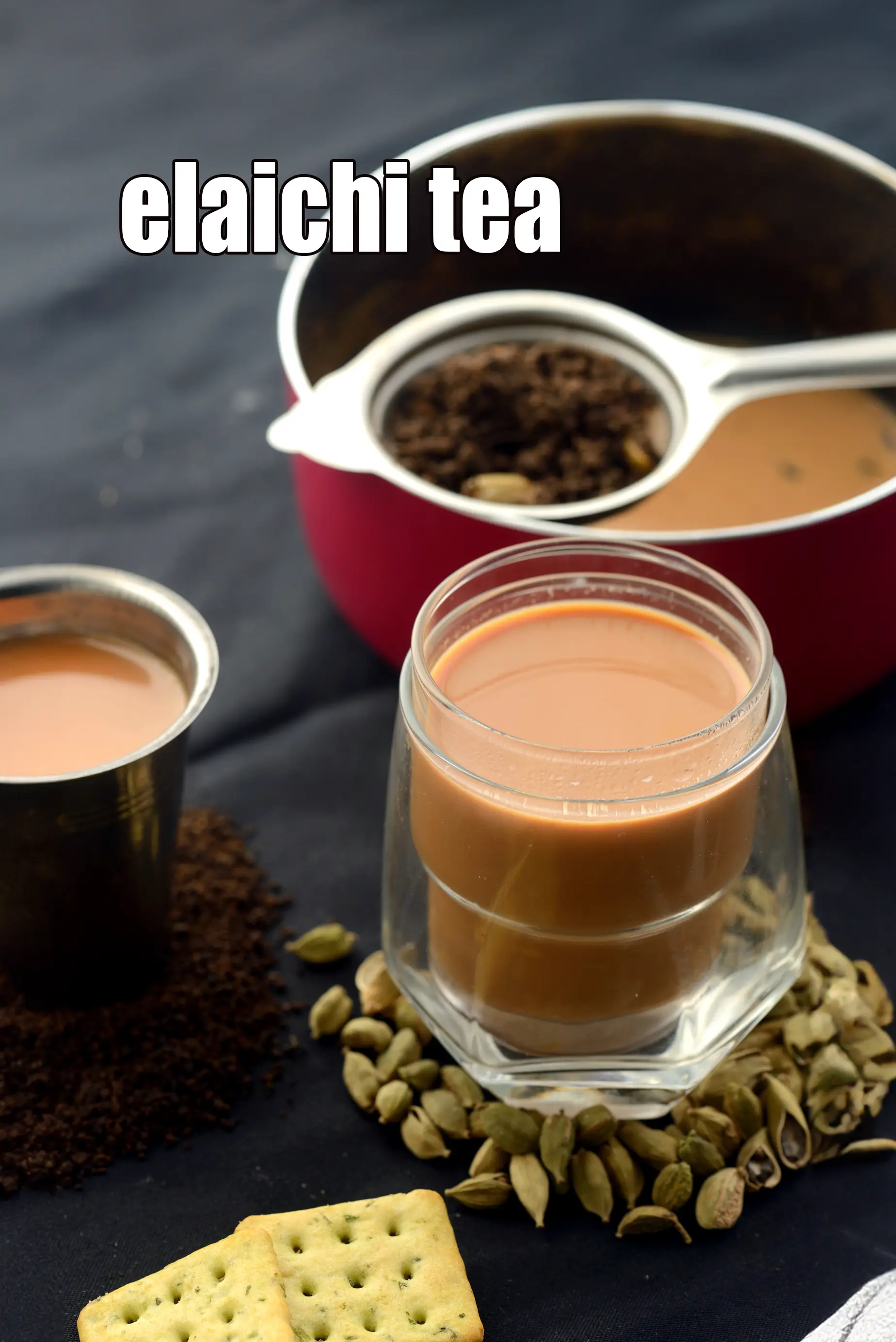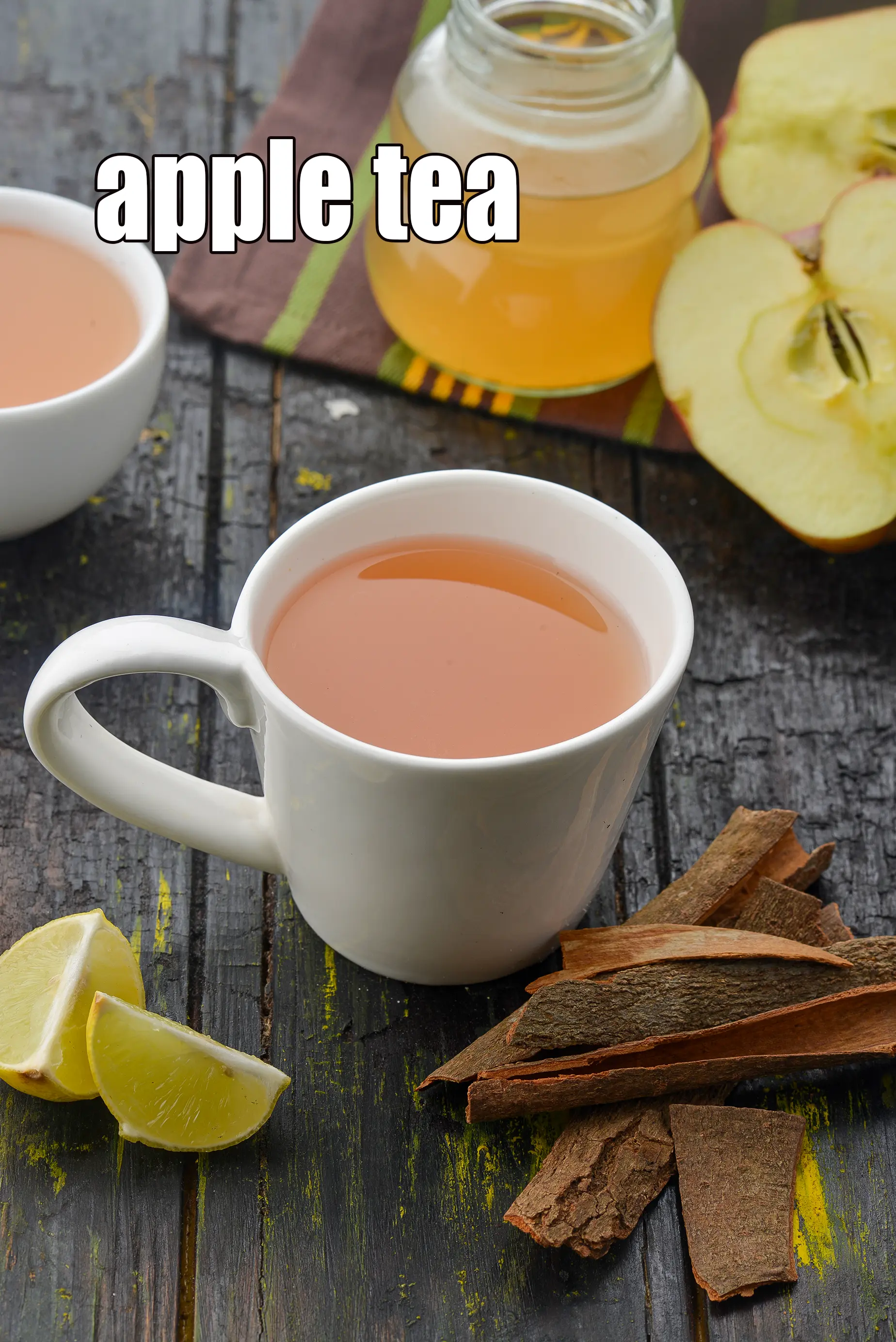Nutritional Facts of Palak Bajra Khichdi, Calories in Palak Bajra Khichdi
This calorie page has been viewed 5936 times
Healthy Indian Recipes
Course
Table of Content
How many calories does one serving of Palak Bajra Khichdi have?
One serving of Palak Bajra Khichdi gives 249 calories. Out of which carbohydrates comprise 155 calories, proteins account for 47 calories and remaining calories come from fat which is 47 calories. One serving of Palak Bajra Khichdi provides about 12 percent of the total daily calorie requirement of a standard adult diet of 2,000 calories.
Palak Bajra Khichdi recipe makes 3 servings.
249 calories for 1 serving of Palak Bajra Khichdi, Cholesterol 0 mg, Carbohydrates 38.8g, Protein 11.8g, Fat 5.2g. Find how much fibre, iron, calcium, zinc, magnesium, phosphorus, sodium, potassium, folic acid is present in Palak Bajra Khichdi.
See Palak Bajra Khichdi recipe | bajra moong dal khichdi | healthy bajra khichdi | with 20 amazing images.
Stuffed to the core with iron, this palak bajra khichdiis a treat for elders and the children in the family! Bajra itself is a very good source of iron… It has further been enriched with iron by combining it with moong dal and spinach. This bajra moong dal khichdi is a real treat to overcome anemia.
Remember to soak the bajra well in advance, else cooking it would be difficult. Also, if serving to senior citizens who have a problem in chewing, then pressure cook the healthy bajra khichadi for 6 to 7 whistles. This will make the bajra very soft.
4 whistles as mentioned in the recipe, bestows this palak bajra khichdi slight but perfectly cooked crunchiness of bajra, which kids and adults would love to indulge into.
Notes on palak bajra khichdi recipe. 1. Millets like bajra and nachni keep our system warm and are good to consume during winters as they help in absorbing the nutrients and build muscle tissue. 2. All the ingredients in this Palak Bajra Khichdi have been wisely chosen – bajra, moong dal and spinach. They make the khichdi iron rich. 4.1 g or iron is what you can stock up on by way of 1 serving of this khichdi. This is about 20% of your day’s requirement.
Try other iron rich recipes like Mini Jowar Uttapam and Nachni Sesame Khakhra.
Is Palak Bajra Khichdi healthy?
Yes, this is healthy. But restrictions apply to some.
Let's understand the Ingredients.
What's good.
Bajra flour : Bajra flour is high in protein and is a complete protein for vegetarians when combined with dal. So as a Vegetarian, include bajra in your diet. Bajra is a great option for those on a gluten free diet. Bajra is rich in Magnesium which improves insulin response by lowering insulin resistance which is good for Diabetics and healthy heart but to be had in restricted quantity and had with low fat curds or raita to minimise the carb impact. See here for the 18 benefits of bajra flour and why you should have it.
Yellow Moong Dal : The fibre (4.1 g in ¼ cup) present in yellow moong dal prevents the deposition of bad cholesterol (LDL) in the arteries which promotes a healthy heart in turn. Packed with nutrients like zinc (1.4 mg), protein (12.2 mg) and iron (1.95 mg), yellow moong dal helps to maintain the elasticity of your skin and help to keep it moist. Fiber, potassium and magnesium from yellow moong dal will work together to regulate blood pressure and soothe the nerves and is diabetic friendly. See here for details of 7 amazing benefits of yellow moong dal.
Spinach (Palak) : Spinach is one of the richest plant sources of Iron and it should be part of a healthy diet for everyone. Raw spinach is very rich in insoluble fibre, 25% having soluble fiber and 75% insoluble fiber. Spinach is good for the heart, diabetics and eyes. Read this on the 17 benefits of spinach and why you should eat it.
Ghee : Other than calories and fats, the only nutrients that ghee is rich in are the vitamins – all of which are fat-soluble. All the 3 vitamins (Vitamin A, Vitamin E and Vitamin K) are antioxidants which have a role in removing free radicals from the body and protecting our cell as well as help in maintaining skin health and glow. Ghee is an excellent, high-quality selection medium of cooking because of its high smoke point. As compared to most oils and butter, ghee can handle a smoke point of 230°C, 450°F, thus its less prone to oxidant and destruction of nutrients. Yes, ghee does contain cholesterol, but some amount of cholesterol is needed by the body. Cholesterol has some functions to play too. It is necessary for hormone production, brain function, cell health and lubricating the joints. It is, in reality, a high quality fat for the body and brain. Ghee is loaded with fats but that’s medium chain fatty acids (MCT) which aid in weight loss. Ghee is healthy for daibetics in small amounts and you need to check your fat intake at the same time. Learn to easily make your ghee at home which is free of preservatives. See benefits of ghee.
Can diabetics, heart patients and over weight individuals have Palak Bajra Khichdi?
Yes, this recipe is good for diabetics, heart and weight loss. Bajra is high in protein and is a complete protein for vegetarians when combined with dal. So as a Vegetarian, include bajra in your diet. Bajra is a great option for those on a gluten free diet. The fibre (4.1 g in ¼ cup) present in yellow moong dal prevents the deposition of bad cholesterol (LDL) in the arteries which promotes a healthy heart in turn.
What is a healthy accompaniment to this khichdi?
We suggest you pair it with homemade curds using cows milk or low fat curds
Basic Homemade Curd, Dahi Or Yogurt Using Cow's Milk
Palak Bajra Khichdi also taste very good with lauki pudine ka raita, mixed veggie raita, low calorie spinach raita or a cucumber and pudina raita.
Cucumber and Pudina Raita
Can healthy individuals have Palak Bajra Khichdi ?
Yes.
Palak Bajra Khichdi is rich in below macronutrients, vitamins and minerals given in descending order (highest to lowest).
- Folic Acid (Vitamin B9): Folic acid is an essential vitamin required throughout pregnancy. Folic acid rich Indian foods (kabuli chana, chana dal, yellow moong dal, urad dal, tooval dal, til ) 43% of RDA.
- Vitamin B1 (Thiamine) : Vitamin B1 protects nerves, helps in carbohydrate metabolism, prevents heart diseases and helps produce red blood cells. 30% of RDA.
- Vitamin A rich recipes, Beta Carotene : Vitamin A is crucial for healthy vision, cell growth and healthy skin. Sources of vitamin A include yellow-orange fruits and vegetables like carrots, mango, papaya, peach, tomatoes, pumpkin etc. and other vegetables like spinach, kale, fenugreek leaves, broccoli, capsicum etc. 28% of RDA.
- Fiber : Dietary fiber reduces the risk of heart disease, prevents the spike in blood sugar levels and hence super for diabetics. Consume more fruits, vegetables, moong, oats, matki, whole grains. 25% of RDA.
- Magnesium : Magnesium is required for formation of bones and teeth. It helps in the metabolism of calcium and potassium. % of RDA. magnesium rich Indian foods like leafy vegetables (palak, broccoli, kale), pulses ( rajma, chawli, moong ), nuts (walnuts, almonds) , cereals ( jowar, bajra, whole wheat flour, dalia). 25% of RDA.
- Protein : Protein is required for managing the wear and tear of all cells of the body. Have protein rich Indian foods like paneer, curd, Greek yoghurt, tofu, almonds, sprouts, chana, rajma, chick peas, quinoa, buckwheat ). 21% of RDA.
- Iron : Iron is essential in the chemical reactions that produce energy from foods. Eat more greens and garden cress seeds to prevent you from being anaemic. Here are the top 7 sources of iron rich foods. 20% of RDA.
How to burn 249 calories that come from Palak Bajra Khichdi?
Walking (6 kmph) = 1 hr 15 mins
Running (11 kmph) = 25 mins
Cycling (30 kmph) = 33 mins
Swimming (2 kmph) = 43 mins
Note: These values are approximate and calorie burning differs in each individual.
| Energy | 249 cal |
| Protein | 11.8 g |
| Carbohydrates | 38.8 g |
| Fiber | 6.4 g |
| Fat | 5.2 g |
| Cholesterol | 0 mg |
| Vitamin A | 1346.8 mcg |
| Vitamin B1 | 0.3 mg |
| Vitamin B2 | 0.2 mg |
| Vitamin B3 | 1.5 mg |
| Vitamin C | 6.3 mg |
| Folic Acid | 86.8 mcg |
| Calcium | 58.8 mg |
| Iron | 4.1 mg |
| Magnesium | 88.5 mg |
| Phosphorus | 86.2 mg |
| Sodium | 25.4 mg |
| Potassium | 512.9 mg |
| Zinc | 1.8 mg |

Click here to view Palak Bajra Khichdi
Calories in other related recipes
